Ryusei A6R "Suisei"
Ryusei Roku-shiki Kanjo Sentokii
Ryusei Type 6 Carrier-based Fighter
Kaigun Kuro Hyojun (Standard Navy Black) Paint
Origin: Shinseian Empire
Manufacturer: Ryusei Aeronautics, Hoshinoya Aerospace
Operator(s): Teikoku Shinsei Kugun (ISAF), Teikoku Shinsei Kaigun (ISN)
Main Role: Carrier-based Tactical Light Fighter
Seat: 1
Designed: 1982-1992
In-service: Mid1990s
Length: 15.7m
Wingspan: 9.4m
Height: 4.1m
Powerplant: 1x Hoshinoya Type 0 Afterburning Turbofan
Max Speed: 2.220kph on high altitude
Cruise Speed: 924kph
Range: 3.350km
Armaments:
1 x 20mm Rotating Autocannon
4x Hoshinoya Type-2 Short Range Air-to-Air Missile
4x Hoshinoya Type-4 Beyond Visual Range Missile
Avionics:
Type-32 Active Electronically Scanning Array (AESA) Radar
Kurogane K5A Infrared Search and Track (IRST)
Kurogane K2J Self-Defense Radar
Hoshinoya DESTO (Densen Seigyo Togo Sochi) Electronic Warfare System
Hoshinoya Gen. 4 Multi-function Displays (MFDs)
DESCRIPTION
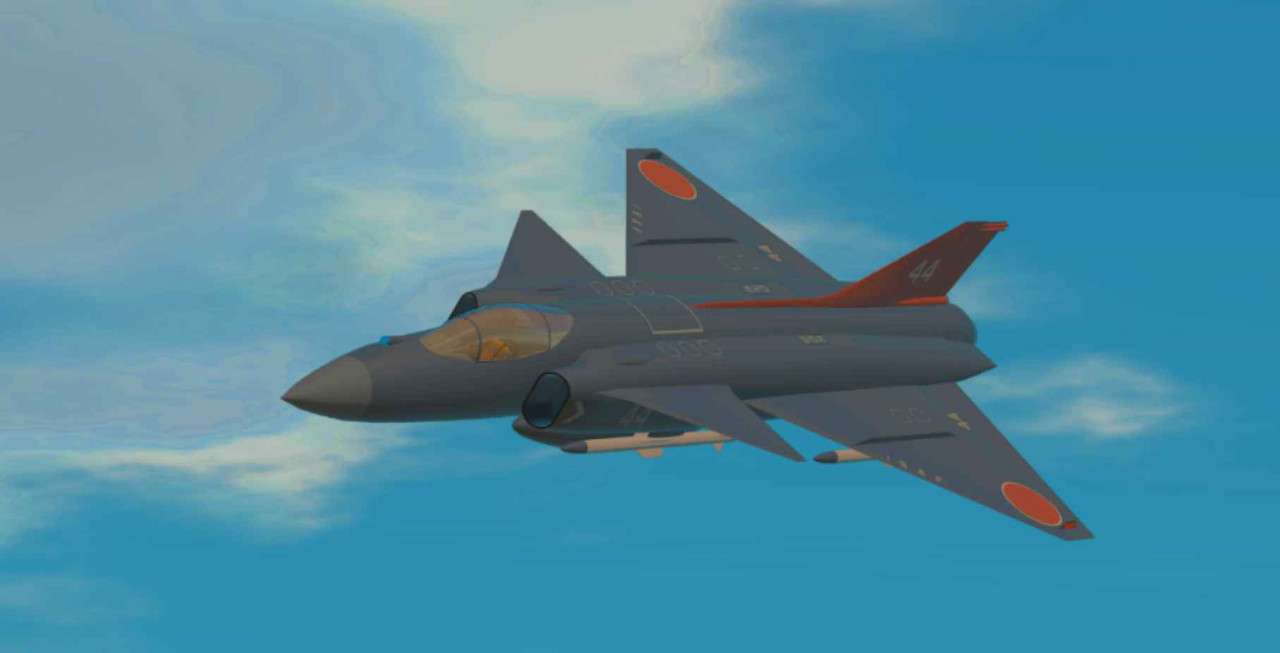
The Ryusei A6R, also known as "Suisei" or "Comet," is a single-engine, single-seat, all-weather light fighter aircraft. Initially developed as a compact land-based fighter, it is later improved for carrier-based operations to enhance its capabilities as a Generation 4.5 fighter. The aircraft's design emphasizes simplicity, lightweight construction, and cost-effectiveness, making it suitable for large-scale production.
Though relatively light in armament and compact in size, the "Suisei" proves highly effective in its role. Its versatility allows it to operate from both improvised runways, highway to CATOBAR-equipped aircraft carriers, fulfilling the needs of a multi-role light fighter in diverse operational environments.
DEVELOPMENT HISTORY
A6R "Suisei" project began as a joint effort between the nations of Shinseian Empire and Ishikawa in the late 1970s. The goal was to develop a multi-role combat aircraft that could perform a variety of missions, including air superiority, ground attack, and reconnaissance, by combining Shinsei’s aerospace capabilities with Ishikawa’s advanced propulsion technologies. Early collaboration between the two nations resulted in a promising design, which gained traction in both the military and industrial sectors.
However, by the early 1980s, the partnership between Shinsei and Ishikawa began to strain due to shifting priorities. Ishikawa, in the face of rising tensions and growing defense needs, opted to withdraw from the A6R project to focus on its own aircraft, the IJ-1 and IJ-2. This decision left the A6R project without a critical partner and severely hindered its progress. Despite efforts from Shinsei to secure alternative funding and technical support, the project ultimately came to a halt in 1985 due to a lack of resources and backing.
For the next eight years, the A6R project remained dormant. Its incomplete prototypes and plans gathered dust, and many assumed the program would never be revived. However, in 1993, Ryusei Aeronautics, a rising player in the aerospace industry, acquired the rights to the A6R. Determined to bring the project back to life, Ryusei Aeronautics took over the development and funded it independently. Recognizing the challenges left by Ishikawa’s departure, Ryusei Aeronautics partnered with Hoshinoya Aerospace, a company known for its advancements in avionics and composite materials, to help address the technological gaps.
The revival of the A6R was a slow process, requiring a complete redesign and the incorporation of newer technologies that had emerged in the years since the project’s abandonment. The partnership with Hoshinoya Aerospace brought innovative avionics, radar absorbing material, and more efficient propulsion systems into the project, modernizing the A6R to meet the demands of the 1990s. After two years of development, the A6R “Suisei” finally took its maiden flight in 1995, demonstrating impressive capabilities that exceeded initial expectations.
Following its successful test flights, the A6R entered mass production in the same year. The aircraft was quickly adopted by the domestic air forces of multiple nation, mainly in the Eastern Hemisphere againts the Ruskovian dominance.
SERVICE HISTORY

Ryusei A6R "Suisei" saw its first deployment sortie in Sea of Ryushu under the Shinsei Teikoku Kaigun (Imperial Shinseian Navy) in response to allegedly an illegal military activity within the Shinseian water in 1997.
Ruskovia and Shinsei's diplomatic relation had deteriorated over the past few years due to contest over a territory in middle of Sea of Ryushu which rich in oil and natural resources. Ruskovia's action by posing a fleet in nearby water seen as a provocation act by Shinsei who responded by doing the same. Two aircraft carriers, "Takao" and "Shinri" became the core of Imperial fleet in this contested zone. Both aircraft carriers had recieved the first batch of A6R "Suisei" to replace some of their fighters few months ago. Although they doubt the aircraft at first, they soon grew accustomed of it. The aircraft were compact and easy to maintain as it does not feature a folding wing mechanism and used single engine instead of double. The control and system were better than contemporary aircraft with more digital interface and assistance to make everything easier.
On October 5th, 1997. a squadron from Dai 62 Kaigun Koku Buta (62nd Naval Aviation Unit) locked in a tight situation with a Ruskovian fighter squadron, both side were simply waiting for permission to fire. Fortunately, after a tense moment and long negotiation between two command, both side were ordered to retreat to avoid a full blown war. Pilots of A6R "Suisei" favored the aircraft for their sensory system, capable of locking into and tracking the Ruskovian jets before they could do the same which prompted the aircraft to be produced in higher number than initially planned.
By early 2000s, more than 240 A6Rs were produced, both for the Navy (A6R variant) and Airforce (J6R variant) and over 150 A6Rs were sold to different countries. A6R "Suisei" were expected to be in service until 2030.
CONTROLS
AG1 to Activate Weapons
AG2 to None
AG3 to Jettison Droptank
AG4 to Jettison Weapons
AG5 to Deploy Tailhook
AG6 to Open Cockpit
AG7 to Turn On Lights
VTOL for Flaps
Brake to Deploy Airbrakes
CREDITS!
Radar from @Striderxxl's HUD Collections and a Radar (Parts)
Weapon, Speed, Alt., etc Displays from @Jundroo's Wasp
HUD Display from @PlanariaLab's 1Part HUD
Specifications
Spotlights
- AWESOMENESS360 one year ago
- TheGliderGuy one year ago
- sKyCoS one year ago
- calli one year ago
- ChihiroFujisaki one year ago
- CaptainNoble one year ago
- SimplyElegant 5 months ago
General Characteristics
- Predecessor [CLOSED] Modern Fighter Challenge (Novaran Edition)
- Successors 1 airplane(s) +7 bonus
- Created On Windows
- Wingspan 30.8ft (9.4m)
- Length 51.4ft (15.7m)
- Height 13.4ft (4.1m)
- Empty Weight 16,850lbs (7,643kg)
- Loaded Weight 25,261lbs (11,458kg)
Performance
- Power/Weight Ratio 4.67
- Wing Loading 36.3lbs/ft2 (177.1kg/m2)
- Wing Area 696.3ft2 (64.7m2)
- Drag Points 3886
Parts
- Number of Parts 385
- Control Surfaces 3
- Performance Cost 1,695

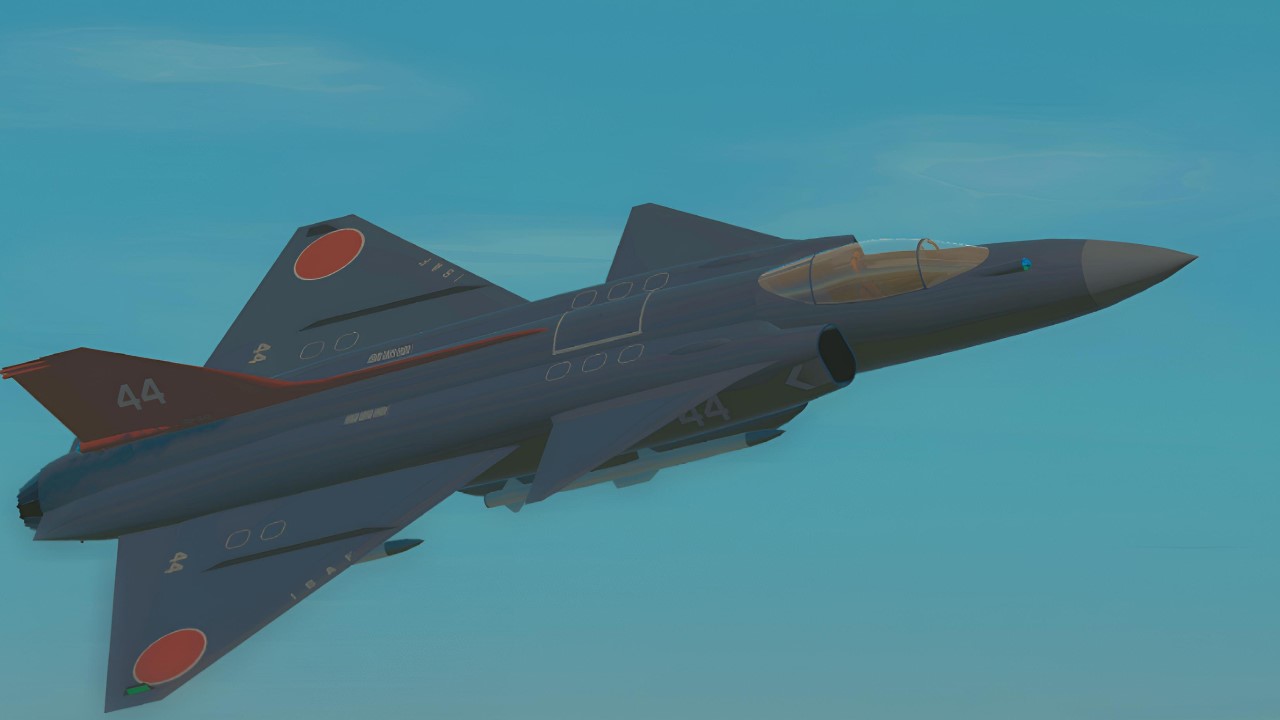
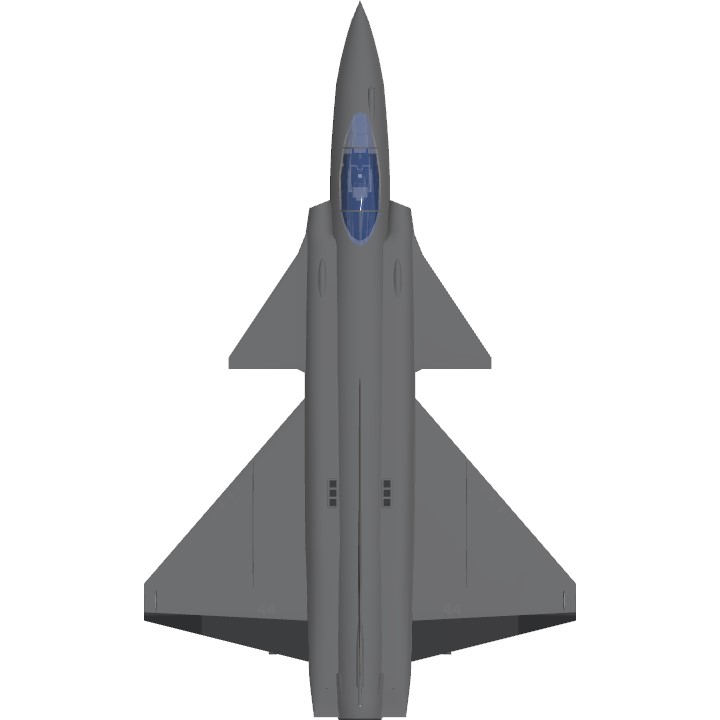
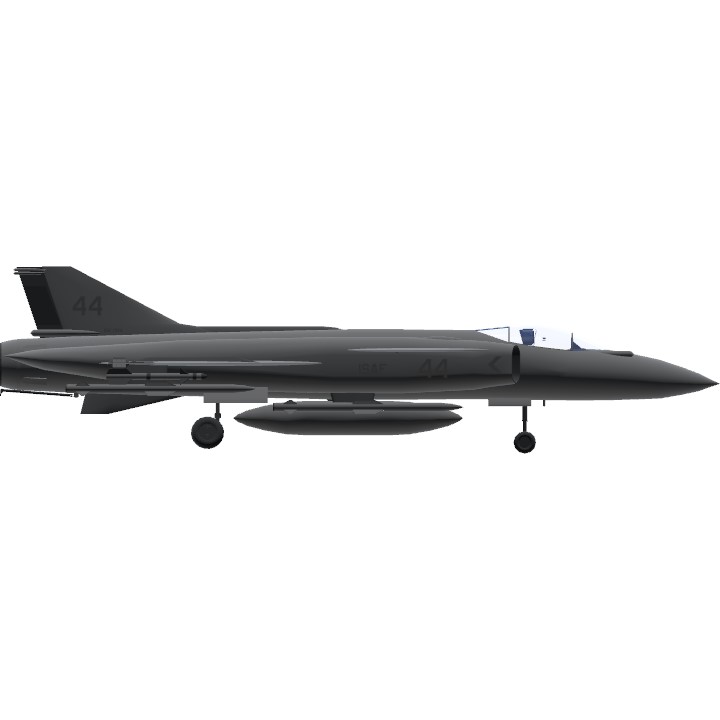
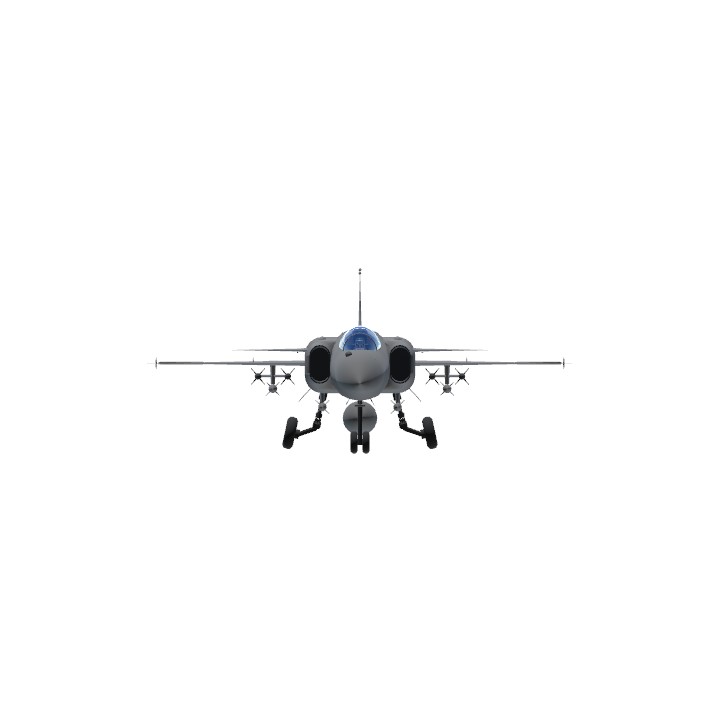
@RestlessGalaxies @DrakonDynamics Thank you!
Congratulations!
Alright, here's your score for the challenge: You fell in 2nd place with 120/130 points.
stellar stellar
@Kikikokikomarumaru15000 Oh so that's why ...
I used the same detacher as the one used in the custom missiles, I didn't realize it causes the fuel tank to get wobbly.
And for the pilot, unfortunately no XD
I just found her name fitting and pretty
this looks very nice, unfortunately, very wobbly fuel tank (The detacher has 0 mass in it, making the fuel tank relatively very heavy and results in a very wobbly fuel tank)
You could've used a pylon for this, like the actual pylon has mass and the decorative pylon (like the pylon fuselage) will have 0 mass
Also, Hoshimachi Suisei herself pilots this plane??? big if true
@rorrE The "Guripenu"
Japanese gripen
ncie
@IslandSinker If you tried hard enough, it could turn into comet and slam the enemy in high speed
Does this turn into a comet when it hit like it's WW2 counterpart?
Words cannot describe how much I agree with this shape.
@SIRCOMMANDER031 I've been watching too much Hosimachi Suisei lately lol
Damn looks good, another plane for suisei
viggen
Viggen wannabe
@intruder72 Ahh I see, I'll remember that next time
@Panzerwaifu69 vincent is rarely online so if you need help for something small don't ask him
@DrakonDynamics thanks
Awesome. The lore was a super interesting read.
TAGS
Requested:
@MIGFOXHOUND31BSM26
@TheNewSPplayer
TAGS
Challenge Host:
@DrakonDynamics
Requested:
@YarisSedan
@crazyplaness thanks
@Panzerwaifu69 done
Hello, Mods
Can you help me make this aircraft a successor to this challenge
@crazyplaness
@Vincent
@MrSilverWolf
Thank you in advance